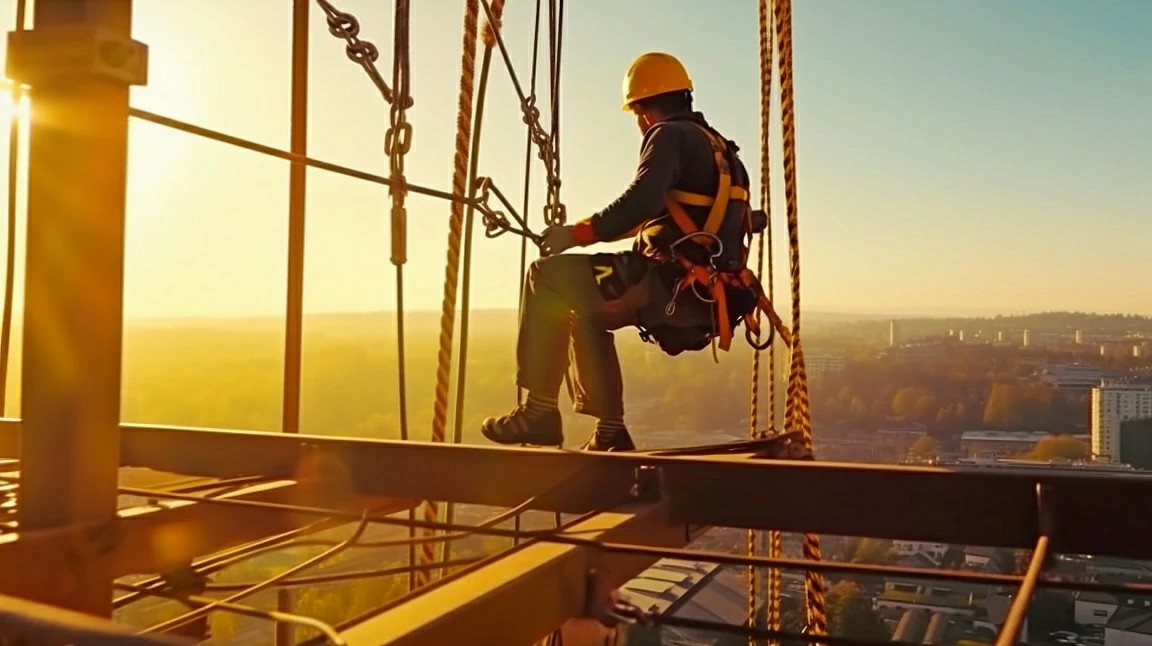


 349,500 Offered Certificates
349,500 Offered Certificates
 24/7 Online Training
24/7 Online Training
 Money Back Guarantee
Money Back Guarantee
 Fully Accredited Courses
Fully Accredited Courses

Created at: 22-02-2025 16:15
When it comes to Working at Heights, safety is paramount. Every worker and employer must recognize how different weather conditions can significantly affect safety standards in the workplace. From blustery winds to slippery ice, each element brings its unique set of challenges. In this comprehensive guide, we discuss best practices for ensuring safety while working at heights in adverse weather conditions.
Before delving into safety protocols, it is essential to understand the risks posed by various weather conditions:
Wind is one of the most unpredictable weather elements affecting heights work. Strong winds can lead to:
To promote Working at Heights Safety in windy conditions:
Rain can create hazardous conditions by making surfaces wet and slippery, which can lead to:
To mitigate risks when working in rainy conditions:
Working at heights during winter months presents unique difficulties:
To maintain safety while working on snowy or icy surfaces:
Proper Working at Heights Training equips workers with the necessary knowledge and skills to deal with adverse weather conditions effectively. This training encompasses:
In addition, courses such as Certified Working at Heights Training ensure workers understand the operational safety limits under varying weather conditions. Consider enrolling in a Working at Heights Course Online to enhance flexibility in training and ensure every worker is prepared.
Regardless of the weather, the following best practices should always apply:
If you're an employer or a worker involved in heights work located in Dublin, Cork, or Galway, prioritizing Working at Heights Certification Ireland is essential. Ensure that your training aligns with local regulations and best practices for your region.
Weather conditions are a powerful force that can present serious risks when working at heights. Understanding these risks and providing adequate training prepares workers to handle the challenges they may face. Do not compromise on safety—invest in a Working at Heights Safety Course today.
If you have any questions or would like to learn more about our training courses, feel free to contact us at [email protected]. Being prepared is the first step toward a safer workplace.
For further information, visit our Working at Heights Course page.